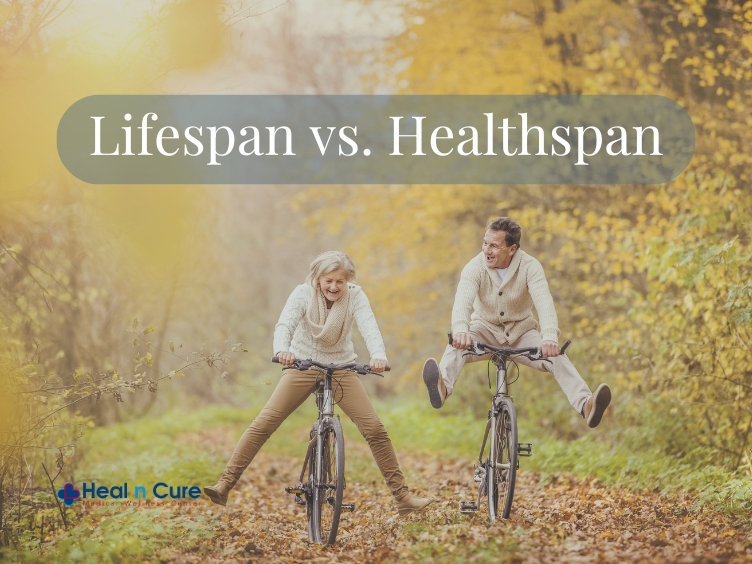
New research suggests that fructose, a simple sugar found naturally in fruit and added to many other foods as part of high-fructose corn syrup, does not dampen appetite and may cause people to eat more compared to another simple sugar, glucose.
Glucose and fructose are both simple sugars that are included in equal parts in table sugar. In the new study, brain scans suggest that different things happen in your brain, depending on which sugar you consume.
Yale University researchers looked for appetite-related changes in blood flow in the hypothalamic region of the brains of 20 healthy adults after they ate either glucose or fructose. When people consumed glucose, levels of hormones that play a role in feeling full were high.
In contrast, when participants consumed a fructose beverage, they showed smaller increases in hormones that are associated with satiety (feeling full).
The findings are published in the Jan. 2 issue of the Journal of the American Medical Association .
Dr. Jonathan Purnell, of Oregon Health & Science University in Portland, co-authored an editorial that accompanied the new study. He said that the findings replicate those found in prior animal studies, but “this does not prove that fructose is the cause of the obesity epidemic, only that it is a possible contributor along with many other environmental and genetic factors.”
That said, fructose has found its way into Americans’ diets in the form of sugars – typically in the form of high-fructose corn syrup – that are added to beverages and processed foods. “This increased intake of added sugar containing fructose over the past several decades has coincided with the rise in obesity in the population, and there is strong evidence from animal studies that this increased intake of fructose is playing a role in this phenomenon,” said Purnell, who is associate professor in the university’s division of endocrinology, diabetes and clinical nutrition.
But he stressed that nutritionists do not “recommend avoiding natural sources of fructose, such as fruit, or the occasional use of honey or syrup.” And according to Purnell, “excess consumption of processed sugar can be minimized by preparing meals at home using whole foods and high-fiber grains.”
Connie Diekman, director of university nutrition at Washington University in St. Louis, agreed that more research is needed. “This study provides an interesting look at how the brain reacts to different chemicals found in foods, but how this might impact obesity and the growing number of people who are obese cannot be determined from this study alone,” she said.
Dr. Scott Kahan, director of the National Center for Weight and Wellness in Washington, D.C, added there is a lot that scientists do not know about fructose and how it affects your body. “There are certainly differences between sugar molecules, and these are still being worked out scientifically,” he said.
 According to Kahan, high-fructose corn syrup, a ubiquitous sweetener that manufacturers love because it is inexpensive, super-sweet and helps extend shelf life, gets a bad rap about its potential role in the obesity epidemic, but it has about the same amount of fructose as table sugar (sucrose). “We don’t entirely know if there is some uniquely unhealthy aspect of high-fructose corn syrup,” he said.
According to Kahan, high-fructose corn syrup, a ubiquitous sweetener that manufacturers love because it is inexpensive, super-sweet and helps extend shelf life, gets a bad rap about its potential role in the obesity epidemic, but it has about the same amount of fructose as table sugar (sucrose). “We don’t entirely know if there is some uniquely unhealthy aspect of high-fructose corn syrup,” he said.

